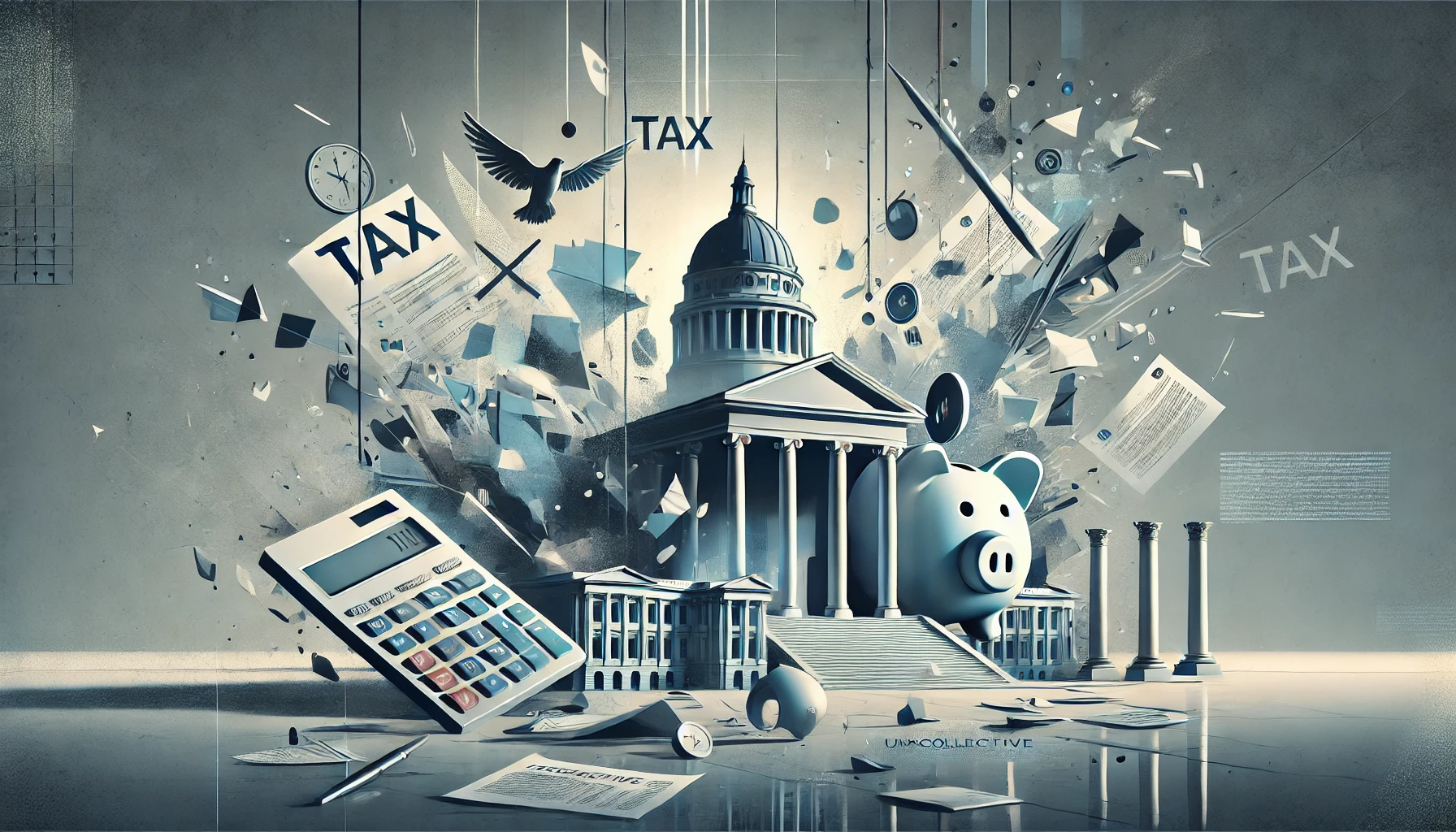Tax Levies
ejayakumar15
January 29, 2024
Introduction
Tax levies are a critical component of any government’s revenue system. They are used to fund essential public services such as education, infrastructure, healthcare, law enforcement, and social programs. Whether you’re an individual taxpayer, a property owner, or a business entity, understanding tax levies can help you better manage your financial obligations and plan accordingly.
In this comprehensive guide, we will explore what tax levies are, the types of tax levies, how they are calculated and enforced, and their impact on individuals and the economy.
What is a Tax Levy?
A tax levy is the legal process by which a government authority collects unpaid taxes from a taxpayer’s property, wages, or financial accounts. It represents a step beyond a tax lien, which is merely a claim against the taxpayer’s property for unpaid tax debts. Once a tax levy is issued, the government can seize assets or garnish wages to satisfy the tax debt.
In a broader sense, the term “tax levy” can also refer to the imposition of a tax by a government on various forms of income, property, or transactions.
Types of Tax Levies
There are several types of tax levies, each serving different purposes and targeting various sources of revenue:
1. Property Tax Levies
Property tax levies are imposed on real estate properties by local governments, such as municipalities or counties. The revenue generated from property tax levies is often used to fund public schools, road maintenance, and emergency services.
Calculation: The tax is calculated based on the assessed value of the property and the local tax rate, also known as the millage rate.
2. Income Tax Levies
Income tax levies are applied to an individual’s or a corporation’s income. These levies can be imposed at the federal, state, and sometimes local levels. The funds collected through income tax levies are used to support national and regional programs.
3. Sales Tax Levies
Sales tax levies are applied to the sale of goods and services. Retailers collect these taxes at the point of sale and remit them to the government. Different jurisdictions may have varying sales tax rates.
4. Payroll Tax Levies
Payroll tax levies are imposed on wages and salaries to fund specific programs, such as Social Security and Medicare in the United States. Employers are responsible for withholding payroll taxes from their employees’ paychecks and remitting them to the government.
5. Excise Tax Levies
Excise taxes are levies on specific goods or activities, such as gasoline, tobacco, alcohol, and gambling. These taxes are typically included in the price of the product.
6. Tariff Levies
Tariff levies are taxes on imported goods. Governments use tariffs to protect domestic industries, control trade balances, and generate revenue.
How Tax Levies are Calculated
The calculation of tax levies depends on the type of levy and the governing jurisdiction. Here’s how some common levies are calculated:
Property Tax: Assessed property value × Local millage rate = Property tax levy.
Income Tax: Taxable income × Applicable tax rate = Income tax levy.
Sales Tax: Sale amount × Sales tax rate = Sales tax levy.
Each type of tax levy may have additional deductions, credits, or exemptions that can affect the final amount owed.
Enforcement of Tax Levies
If a taxpayer fails to pay taxes, the government can enforce a tax levy through various methods:
Wage Garnishment: The government can direct an employer to withhold a portion of the taxpayer’s wages to pay off the tax debt.
Bank Account Seizure: The government can levy funds directly from the taxpayer’s bank accounts.
Property Seizure: Real and personal property, such as homes or vehicles, may be seized and sold to cover the tax debt.
Accounts Receivable Levy: For businesses, the government can levy amounts owed to the business by its customers.
How to Prevent or Remove a Tax Levy
Tax levies can cause significant financial hardship, so it’s important to address unpaid taxes promptly. Here are steps to prevent or remove a tax levy:
Pay the Debt in Full: The most straightforward way to remove a levy is to pay the tax debt entirely.
Set Up an Installment Agreement: Taxpayers can negotiate a payment plan with the IRS or other tax authorities to pay the debt over time.
Submit an Offer in Compromise: This allows taxpayers to settle their tax debt for less than the full amount owed if they qualify.
Prove Financial Hardship: Demonstrating that a levy causes undue financial hardship may result in its release.
File an Appeal: Taxpayers have the right to appeal a levy through the IRS’s Collection Due Process (CDP) hearing or similar procedures in other jurisdictions.
The Economic Impact of Tax Levies
Tax levies play a crucial role in funding government operations and public services. However, they can also have economic side effects, including:
Consumer Spending: High tax levies on income or sales can reduce disposable income, thereby decreasing consumer spending.
Business Investment: Increased corporate tax levies may deter business investment and expansion.
Property Values: High property tax levies can affect property values and the affordability of housing.
Despite these potential downsides, tax levies are essential for ensuring that governments can provide necessary services and maintain infrastructure.
Conclusion
Tax levies are an integral part of the taxation system, enabling governments to collect the revenue needed to serve their citizens. Understanding the types of levies, how they are calculated, and how they can be enforced is vital for individuals and businesses alike.
Whether you’re a taxpayer seeking to comply with your obligations or a policy analyst studying the effects of taxation, staying informed about tax levies helps you navigate the complexities of the tax system more effectively.
If you’re facing a tax levy or want to learn more about managing your taxes, consider consulting a tax professional or legal expert to ensure you handle your responsibilities correctly and minimize financial risks.



